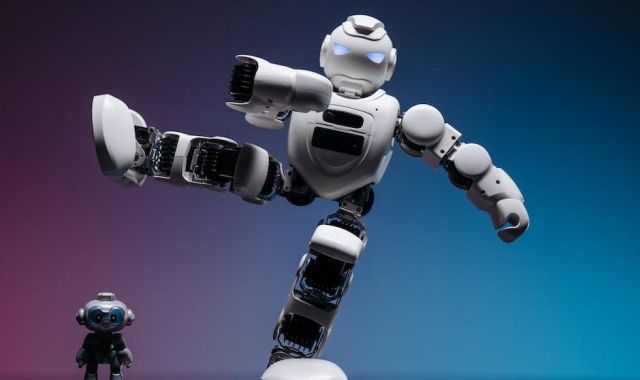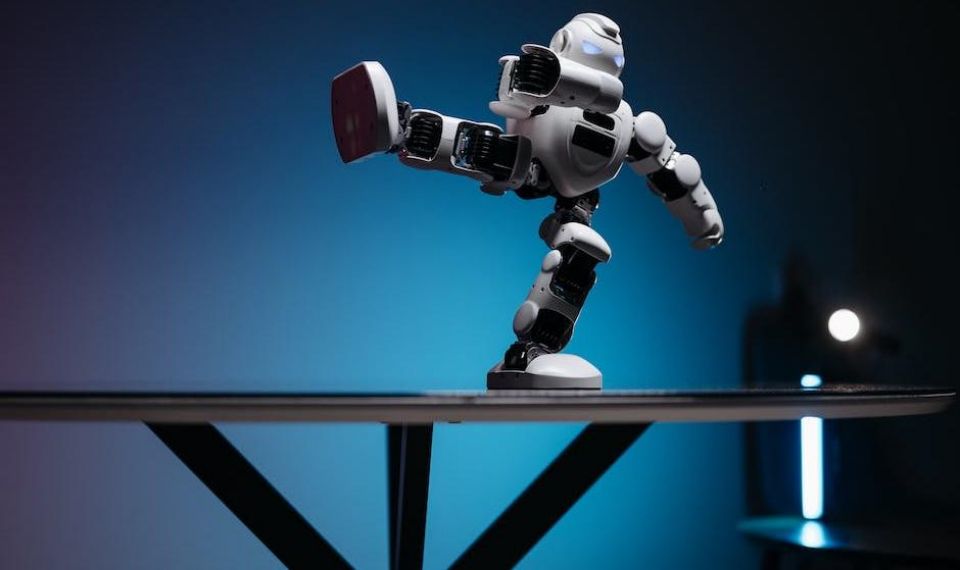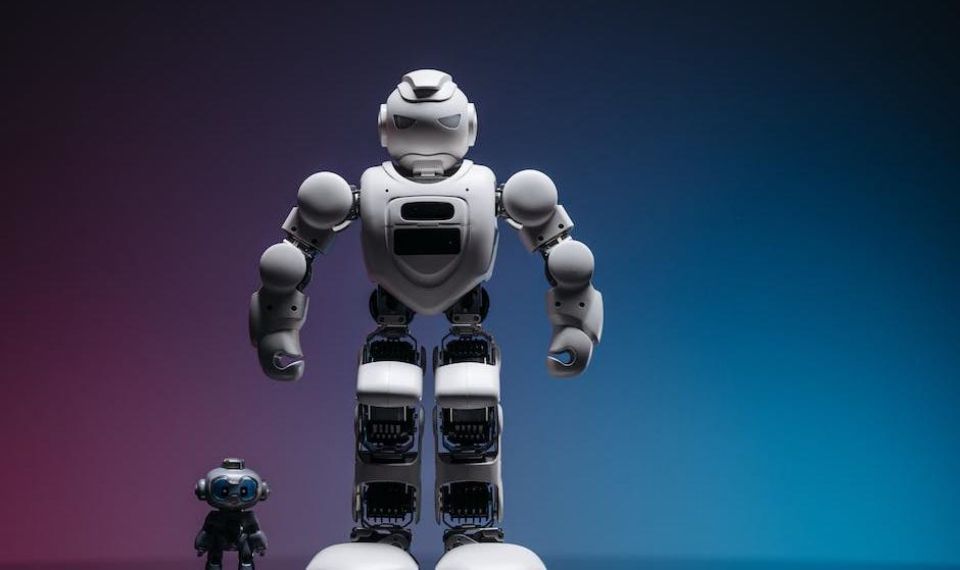
Imagine walking into a hospital, with a robot rolling to your service, taking your vitals, and informing the doctor about your present condition. Sounds like a scene from a futuristic movie, right? Well, that’s the reality unfolding before us with the advancements in robotics technology.
We are now witnessing a revolution in the realm of robots with the birth of a new generation of robots known as “Telesurgical Robots”. These robots, operated remotely by surgeons, have been designed with exceptional precision, dexterity, and control that exceed human limitations.
One of the most prominent examples of this advancement is the “da Vinci Surgical System”. It consists of a surgeon’s console from which the surgeon controls four robotic arms. Three arms carry out surgical procedures, while the fourth provides a 3D view of the surgical area. The most remarkable characteristic of this technology is that the robotic system translates the surgeon’s hand movements into smaller, precise movements of tiny instruments within the patient’s body. It even filters out the tremors in the surgeon’s hands, offering an unparalleled level of surgical precision.
The da Vinci surgical system is revolutionizing surgeries, particularly in the field of minimally invasive surgery. They allow surgeons to perform complex procedures with more precision and control than conventional techniques. Patients benefit too, experiencing lesser pain, reduced blood loss, lower risk of infection, shorter hospital stays, and faster recovery.
However, the implementation of these robots does not render human skills obsolete. Rather, it greatly amplifies the surgeon’s capability. It is like giving them super-human abilities: envision a surgeon making an incision, and the robot performing the same task but with a precision to the nanometer level.
Another groundbreaking advancement in robotics is the development of nanobots. These microscopic robots have the potential to bring about a sea change in the medical field. Nanobots could be programmed to deliver drugs precisely to the disease site, thus improving the efficacy of the treatment and reducing side effects. Scientists are also researching the use of nanobots in the early detection of diseases like cancer.
While the idea of robots performing surgeries may appear intimidating and provoke a host of ethical and safety questions, it’s crucial to remember that these robots are tools that magnify human capability. The robot is entirely under the control of a qualified surgeon and does not replace the surgeon’s judgement or decision-making capacity.
The advancements in robotics are rapidly making science fiction a reality. They are transforming not just the field of medicine, but also manufacturing, agriculture, disaster recovery, and more. It is not an overstatement to say that the future lies in the metallic hands of robots. As we continue to develop and fine-tune these technologies, we are on the brink of a new era, an era where robots will play an integral part in our daily lives. The future of robots is here, and it is incredibly fascinating to witness.









